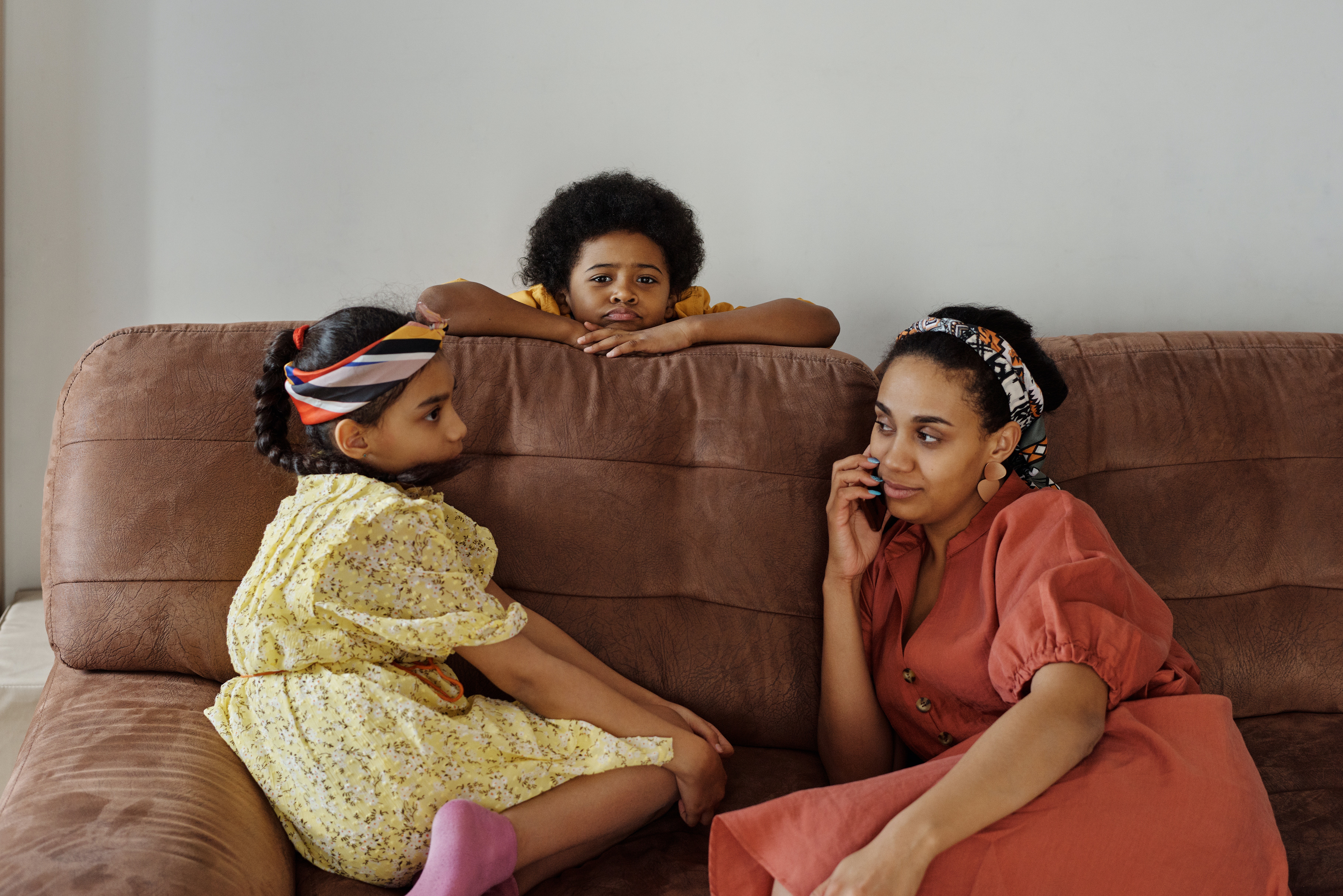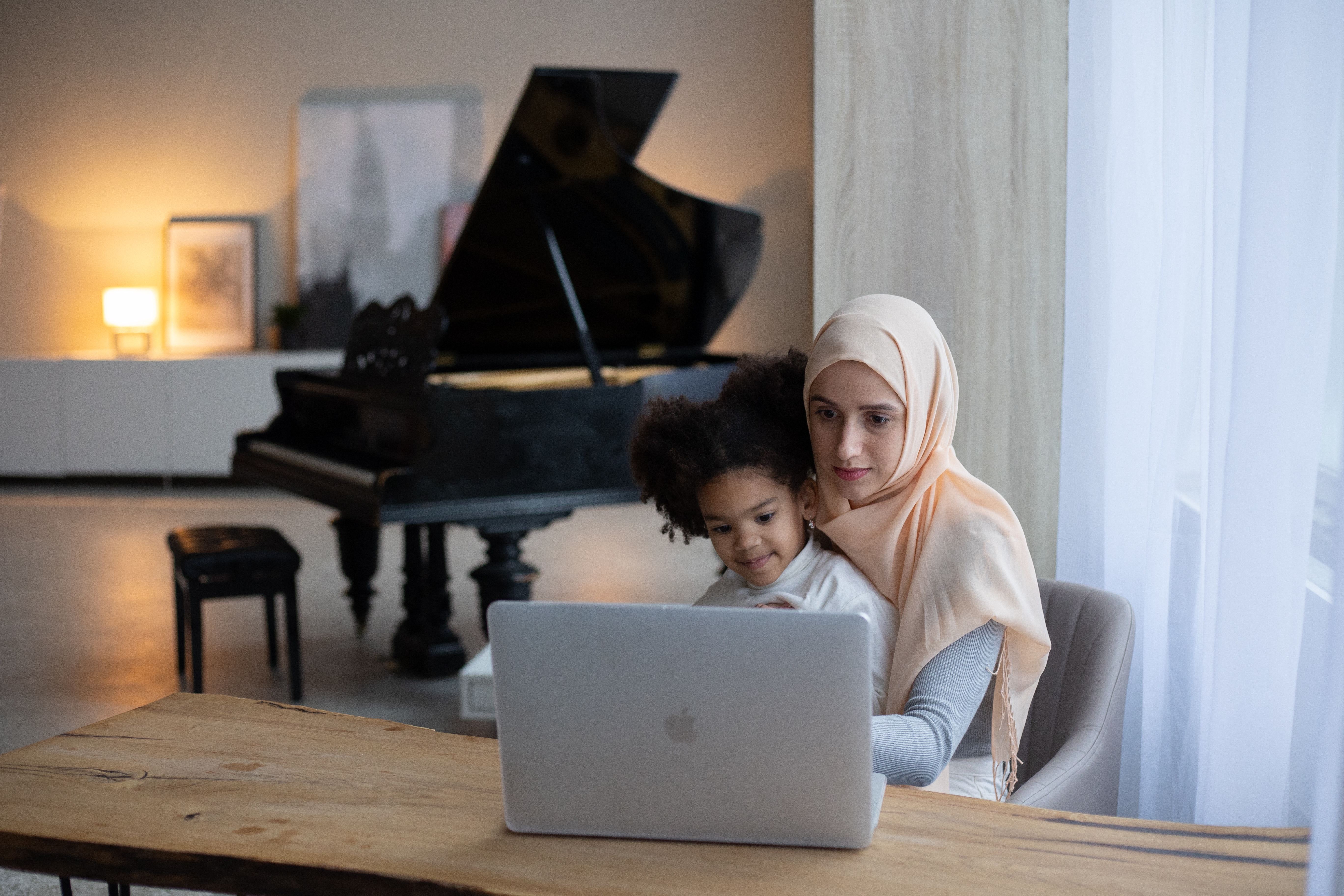“In Hindi? Can you tell Nani that in Hindi, beta?”
Lots of Australian Desi parents can relate to that statement. It’s often something that is at the forefront of their thoughts. Being an Australian Desi parent, they want their child to retain and be in touch with their Indian culture and heritage while living in Australia.
Study after study shows that, contrary to what many people used to fear, raising a child with more than one language leads to several positive outcomes, providing everything from cognitive to problem-solving skill benefits. The problem is, even with the best intentions, many Desi parents still struggle with teaching their children to speak their native tongue fluently.
Of course, there are many reasons why plans to teach the children the mother tongue fall flat, but the one problem almost every Desi parent struggles with is reinforcing the language outside of conversations with Mom or Dad.
In fact, often times a child only has one parent who speaks the language so there isn’t a lot of opportunity for the child to increase her vocabulary, hear other accents and just get more practice with the language.
But just because you may not have a native speaker nearby or bilingual schools in your neighbourhood, doesn’t mean there aren’t myriad ways of exposing your children to the target language you want them to learn.
Teaching your child the mother tongue shouldn’t be tasking. It is actually really simple. Here are a few simple hacks on how you can do so.
- Start Early
While they are still developing in the womb, babies can begin to learn your language. Evidence of this is that newborns cry in the same rhythmic patterns and tones as the spoken language around them.
Parents can encourage this by using the mother tongue themselves with spouses and family. Singing and reading to the unborn baby. From birth, they can absorb a lot of information easily because their brain is developing fast. Using tools and materials in the mother tongue to expose the children to the language and build familiarity.
If Australian Desi parents want their children to learn and be fluent in their native language, it’s best if they don’t wait for years to go by before introducing the language.
The sooner you can start, the better. At 3 months of age, babies can differentiate between languages; and between the ages of 3 and 9 years old is the perfect time for learning new languages.
2. Start Small
Start with names of items around the house, words commonly used or words describing common actions done at home. Teach the children about 30 words then move on to teaching word combinations and sentences. It can be useful to use lots of pictures and songs.
Make it as interactive as possible to ensure the children are engaged in fun and learning at the same time.
Prepare fun activities for working on the language, such as making greeting cards, writing stories in that language, recording the children telling a story and then listening to it. There are many fun ideas you can try. Do more of what the children respond to and engage with.
3. Visiting Family( And Lots of Video Calls!)
If parents have the chance, visiting family as often as possible with their kids is the best option. Not only does it give your children a chance to bond, but they will be able to reinforce the language by speaking to your children in person. This will allow them to pick it up quickly and improve their speaking skill in their native tongue.
If they are not able to visit, technology is the second best option. It is becoming easier by the day to communicate with loved ones from afar with apps.
As most families are far apart, on the other side of the world, it’s not easy to visit often as the flights are terribly long. A simple routine of making a visit home every year or two is great. Other than that, trying to have video calls and allowing them to interact as much as possible also goes a long way.
4. Be Patient
Children are different and will hence learn at different paces. Do not rush them. Have a clear plan of how you will teach the language and take things step by step.
Speak clearly.
Do not talk to the kids like you would an adult. Refrain from using slang. Be clear and audible with your words and sentences so that the child can grasp them correctly. Be fluent and articulate. Use good vocabulary and speak the way you wish for them to pick it up.
Be broad. Do not limit your talk. Talk about everything that is going on around you. Ask questions in the mother tongue, sing with the kids and teach them old lullabies or games. Read them story books in their native language. Just be creative and make it entertaining.
Create the right environment. Once in a while, travel to grandma’s home and let the kids learn more about their family history and culture. Also consider family gatherings, cultural events and celebrations.
5. Use Movies & Music As Tools
If you have Netflix, then you already have a treasure trove of language tools at your fingertips. In addition to a wealth of Desi films on the streaming service, you can go to settings and switch the language or subtitles to your target language.
If your child wants to watch their favourite movie or a TV show, say ‘yes’, but change the language settings to the desired native language. It’s a win-win for everyone.
Similarly, you can tap into music as an interactive way to help kids learn their mother tongue and have fun while they’re at it.
Find a top 20 playlist of songs in your native tongue and let them listen, dance, sing along and learn. This will also greatly improve their listening skills in their native language.
At the end of the day, it just comes down to consistency, no matter what methods you want to employ. That being said, try to find ways to incorporate lessons into activities you’re already doing instead of adding them to your to-do list. This will make it enjoyable for both the children and the parent, thus allowing you to remain consistent.
“Learning our native language and the culture that goes with it is one of the most useful things we can do to broaden the empathy and imaginative sympathy and cultural outlook of our children.” – Michael Gove



